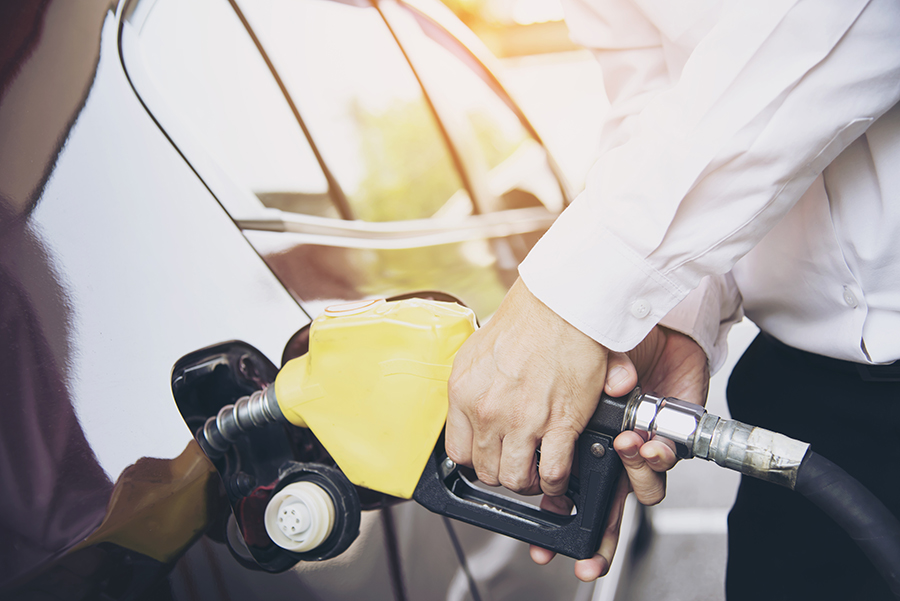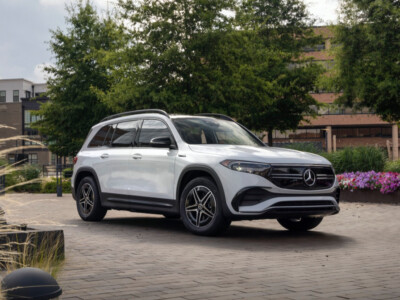
Can Gasoline Be Eco-Friendly? Audi Proves It Can with Its Breakthrough in Synthetic Fuels
In today’s automotive landscape, sustainability and energy efficiency have become essential pillars of technological development. Growing concern over climate change and the urgent need to reduce harmful emissions have led car manufacturers across the globe to rethink their propulsion strategies and energy sources. In this context, Audi has adopted a pioneering approach that clearly sets it apart from other brands: the research and production of environmentally friendly synthetic fuels.
One of the most promising outcomes of this innovative path is e-gasoline, a synthetic fuel that can be considered eco-friendly due to its low environmental impact. This week, the company reached a significant milestone by announcing its largest production batch to date: 60 liters of e-gasoline, enough to carry out experimental testing on engine test benches. This achievement is far from trivial; it forms part of an ambitious program focused on the development of alternative fuels, aiming to deliver viable solutions for sustainable mobility.
What is e-gasoline and why is it considered eco-friendly?
Audi’s e-gasoline is a high-purity synthetic fuel, chemically equivalent to iso-octane (C₈H₁₈), making it compatible with existing internal combustion engines without requiring any technical modifications. Its current production process relies on biomass, and involves two main stages. In the first, gaseous isobutene (C₄H₈) is generated through biotechnological processes. In the second stage, additional hydrogen is used to convert this gas into iso-octane. The result is a fuel free from sulfur and benzene, making it significantly cleaner in terms of emissions when burned.
In addition to its chemical purity, e-gasoline has a high octane rating, which allows for increased engine compression and, therefore, greater thermal efficiency. Audi engineers are currently conducting in-depth tests on the combustion behavior and emissions profile of this renewable fuel on engine test benches—work that could pave the way for broader commercial adoption.
Going further: Audi e-gas and e-diesel
Audi’s commitment to synthetic fuels is not new. Since 2013, the brand has offered Audi e-gas, a renewable gas produced in part at its own facility in Werlte, located in the Emsland region of Germany. This gas is injected into the national natural gas network in quantities equivalent to the consumption of Audi’s g-tron models. This ensures that using these vehicles is backed by a renewable energy source, helping to offset CO₂ emissions. G-tron drivers can refuel at any CNG station using a special card, while Audi guarantees ecological balance through this offsetting system.
Another significant development is Audi’s e-diesel, a synthetic fuel derived from a substance known as “Blue Crude.” The company is planning to scale production at a new pilot facility in Laufenburg, in the Swiss canton of Aargau. This plant is expected to produce up to 400,000 liters of e-diesel per year, using hydroelectric power as its sole energy input. This marks a major milestone, as it represents the use of 100% renewable energy to create synthetic liquid fuel.
The future of synthetic fuels
Looking ahead, Audi and its project partners are setting even more ambitious goals: to eliminate the use of biomass in the e-gasoline production process. In the medium term, the vision is to rely solely on captured atmospheric CO₂ and hydrogen produced through electrolysis powered by renewable energy. If successful, this would enable a closed carbon cycle, producing a fuel whose combustion does not contribute additional CO₂ to the atmosphere.
Ultimately, Audi’s work in the field of synthetic fuels opens up a fascinating path toward sustainable mobility, offering a viable alternative to full electrification. Although the technology is still in an experimental phase, the achievements so far point to a future in which internal combustion engines could coexist with environmental stewardship, thanks to fuels that don’t compromise the planet.







